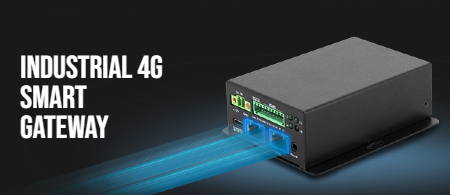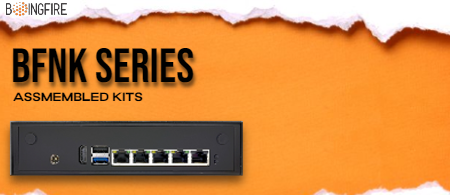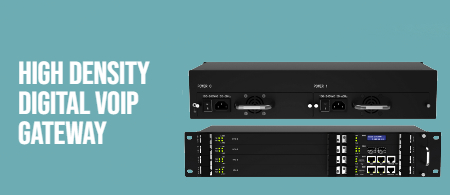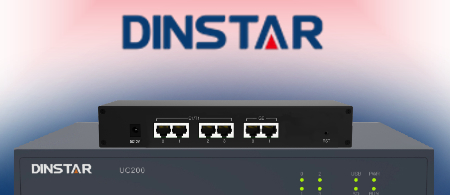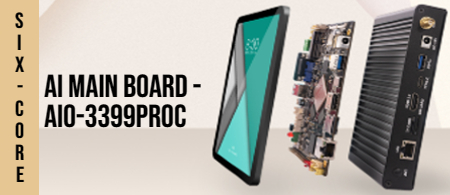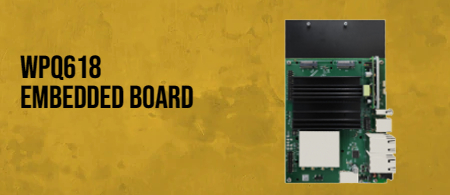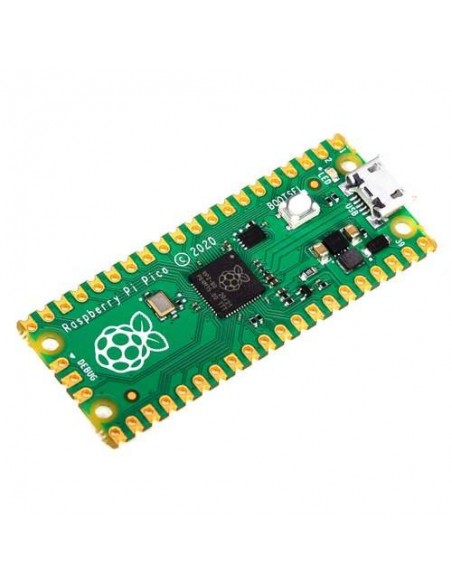The Pico isn’t designed to replace the Raspberry Pi, which is a different class of device known as a single-board computer.

Whereas you might use your Raspberry Pi to play games, write stories and browse the web, your Raspberry Pi Pico is designed for physical computing projects where it can control familiar components such as LEDs, buttons, sensors, motors and even other microcontrollers.
The Pico can be quickly and easily programmed using MicroPython and C/C++ using popular editors such as Thonny. Getting started is also very easy thanks to the dedicated Getting Started page.
You can program your Pico from your computer, a Raspberry Pi 4 or even another Raspberry Pi Pico!
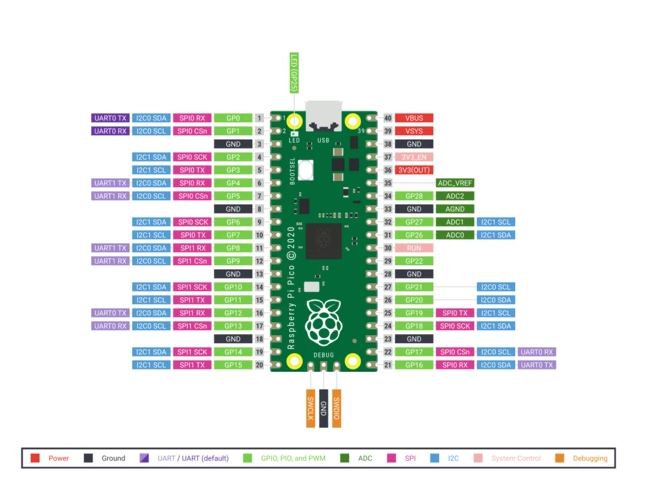
Raspberry Pi Pico Specifications
The main chip on board is the 'RP2040' made by Raspberry Pi (their first in-house microcontroller chip!) and is a dual-core ARM Cortex M0+ processor, with a flexible clock running up to 133MHz.
- RP2040 microcontroller chip designed by Raspberry Pi in the United Kingdom
- Dual-core ARM Cortex M0+ processor, flexible clock running up to 133 MHz
- 264kB of SRAM, and 2MB of onboard Flash memory
- Castellated module allows soldering directly to carrier boards
- USB 1.1 Host and Device support
- Low-power sleep and dormant modes
- Drag & drop programming using mass storage over USB
- 26 multi-function GPIO pins
- 2×SPI, 2×I2C, 2×UART, 3×12-bit ADC, 16×controllable PWM channels
- Real-time clock (RTC)
- Temperature sensor
- Accelerated floating-point libraries on-chip
- 8×Programmable IO (PIO) state machines for custom peripheral support
- Dimensions: 51mm x 21mm (click for drawing)

